The Sony FE 14mm 1.8 GM is perhaps one of the most specialized lenses in the lineup. Being a wide-angle lens, this lens is supposed to be aimed at astrophotographers trying to take pictures of the stars at night with a shorter exposure.
But this lens is more useful than this; wide-angle lenses have become the norm for content creators, especially for vlogs. I myself only use a 20mm or 15mm equivalent on my DJI Pocket 2, and I have to say the have become standards focal lengths for me.
The Sony Alpha System
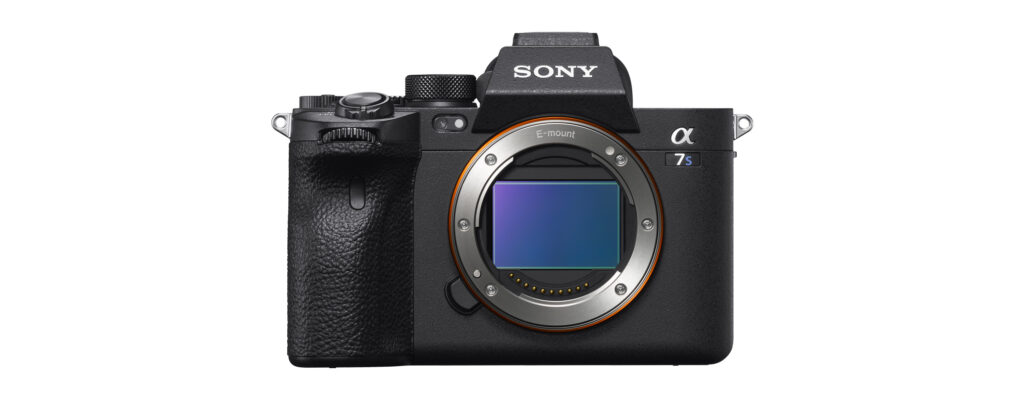
Sony has been investing in the mirrorless market since the release of the NEX-5N. While at this time people were predominantly investing in DSLRs, today the advantages of mirrorless are undeniably beating the DSLR market.
With its Alpha line of cameras, Sony has been pushing forward technology when it comes to autofocus and video features.
It’s currently the best system, especially for one-man bands, videographers, and YouTubers.
What is an ultra-wide angle lens ?
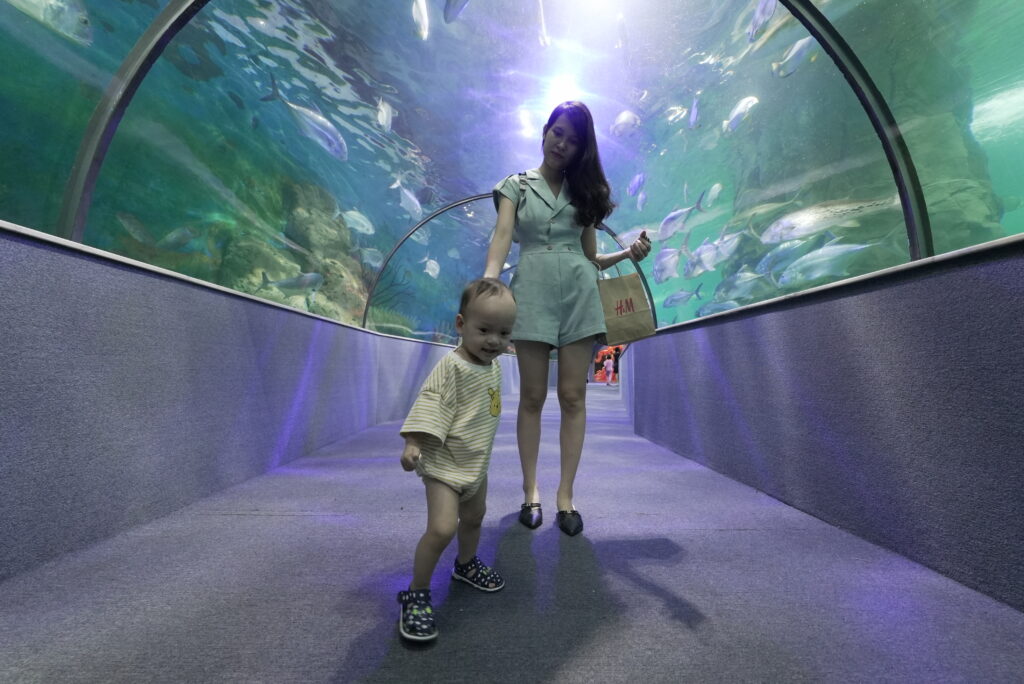
An ultra-wide angle lens is basically a lens with a very large field of view. This means that you can see a lot of the environment in the frame. To the point that you will see perspective distortion on the side near object.
Like I’ve already discuss in my post about why using an ultra-wide angle lens, this lens is perfect to mimic the peripheral field of view of human being which is equal to 120°.
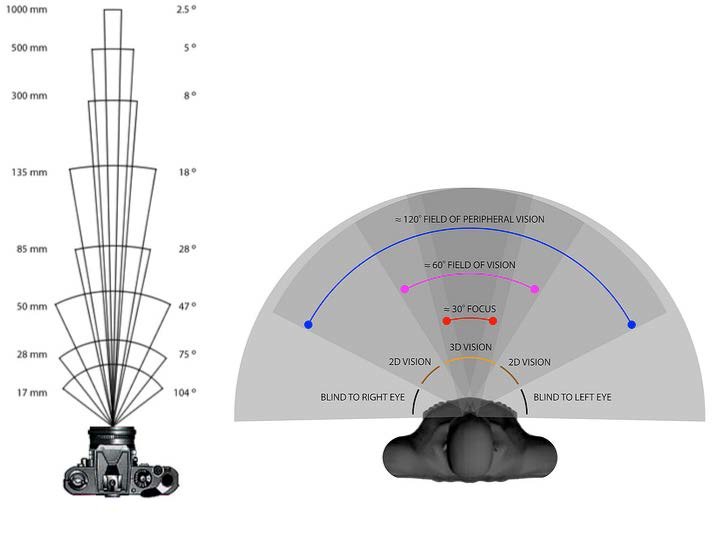
The longer the focal length, the more magnified the image is. A telephoto lens is a lens with a focal length starting around 85mm and above. Standard lenses are between 35 and 50mm. Wide angles are between 16 and 24 mm, and ultra-wide is everything below 16mm.
What is the difference between fisheye and rectilinear lenses ?
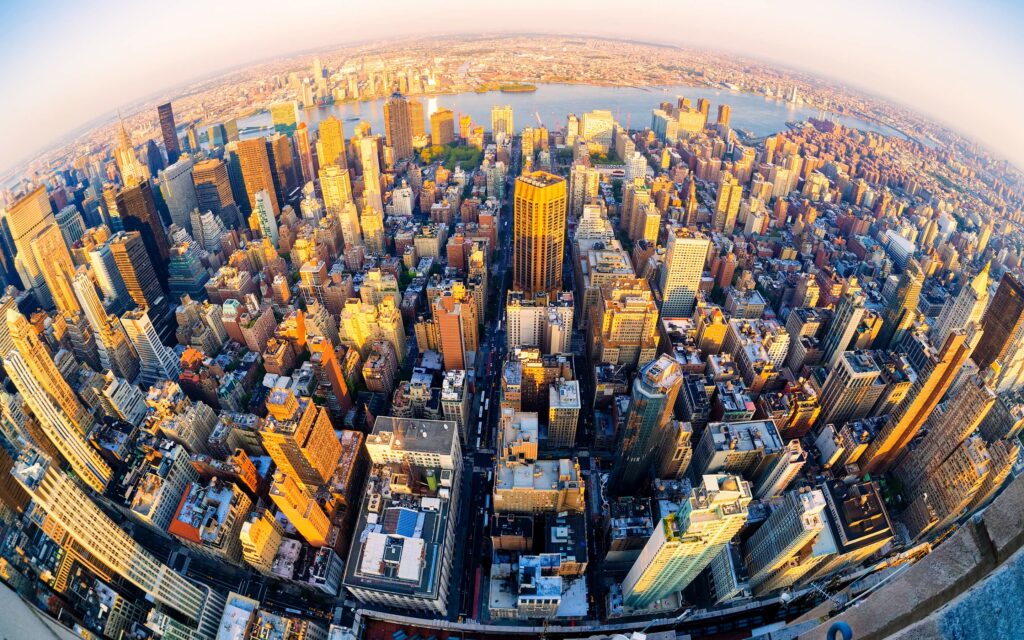
The difference between Fisheye and Rectilinear is basically the barrel distortion of the lens.
Everybody has already looked inside a door peephole; this is basically the effect you get. Everything is distorted in a circular way; the subjects at the center of the frame appear to bulge outward, and straight lines curve wildly.
While for rectilinear lenses, barrel distortion has been corrected, and you can’t really see any curved lines. You’ll still notice what we call perspective distortion though.
What is perspective distortion ?
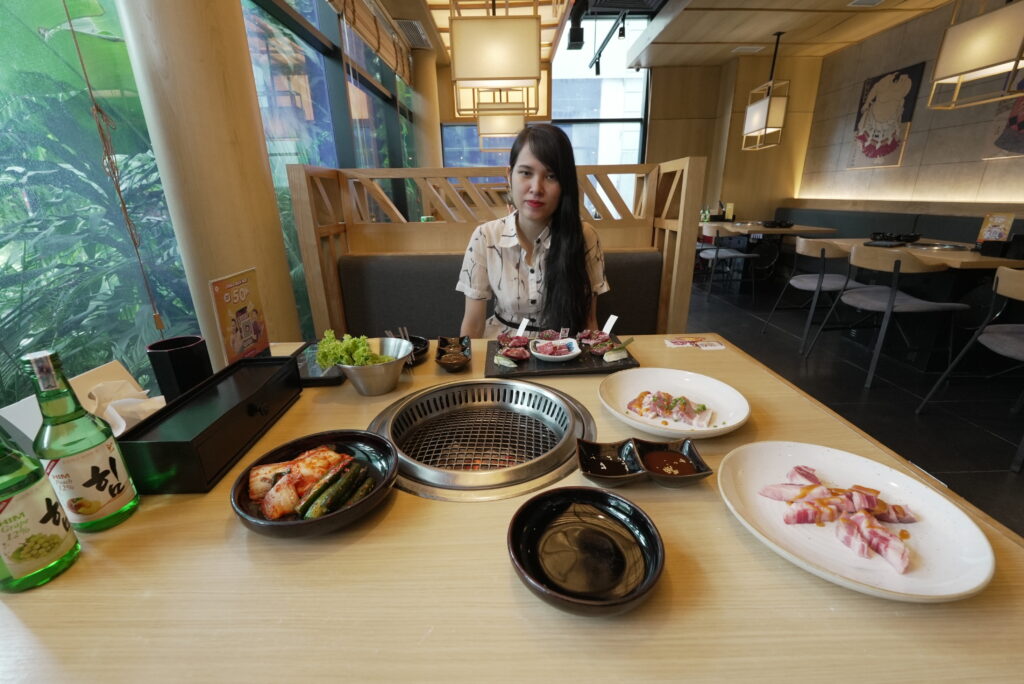
Perspective distortion occurs in photography when the film plane is not parallel to lines that are required to be parallel in the photo.
See how the objects that are closer to the side of the lens appear to be larger than they truly are although they are no curved lines ? I think the rearview mirror shows perhaps the same effect.
What are the usage of an ultra-wide angle lens ?
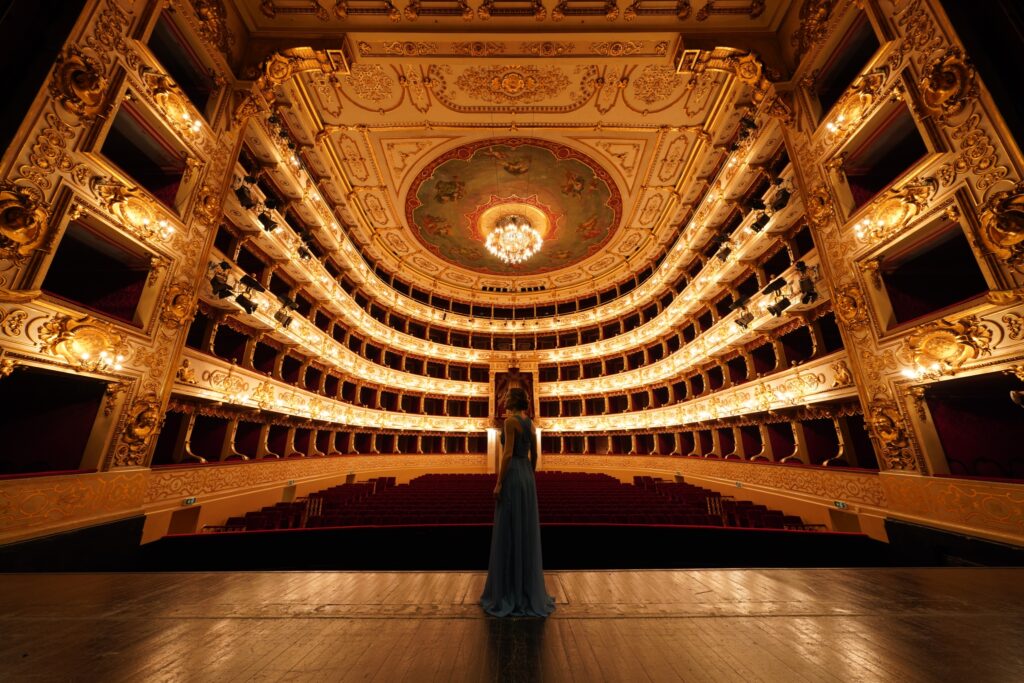
Ultra wide angle lenses are usually only used for special purposes, such as giving a scale to a large environment or simply showing as much environment as possible in a very confined environment, such as a small room.
These lenses can also be used as special effect to give a feeling to the audience, such as proximity to the character since to fill the frame with a subject you need to be very close or to give a funky look to the scene.
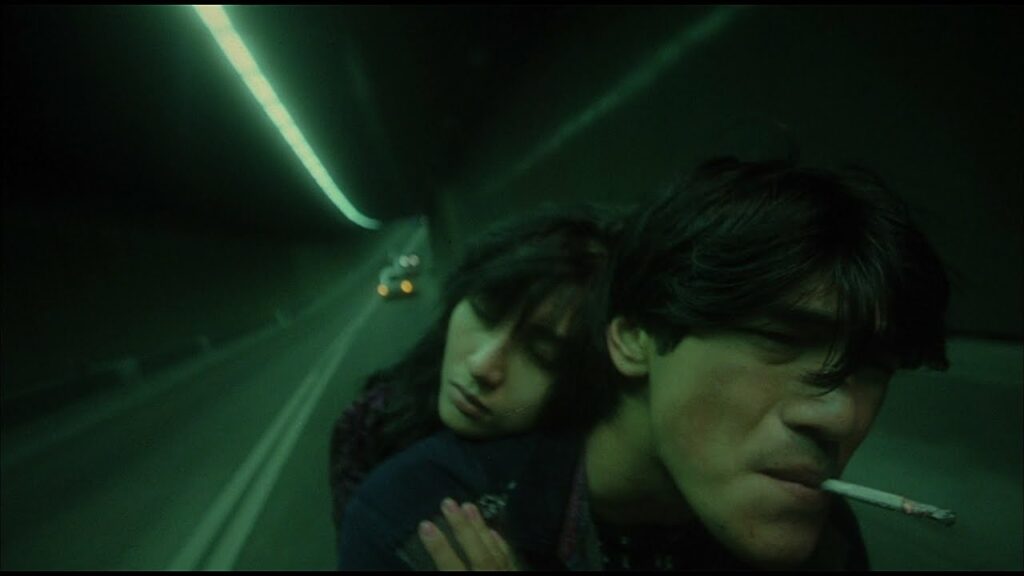
Director of photography Christopher Doyle
Ultra-wide angles are often used for landscape photography because they have this wow effect to them. From my experience, those lenses are more polyvalent than people assume.
Why a prime lens ?
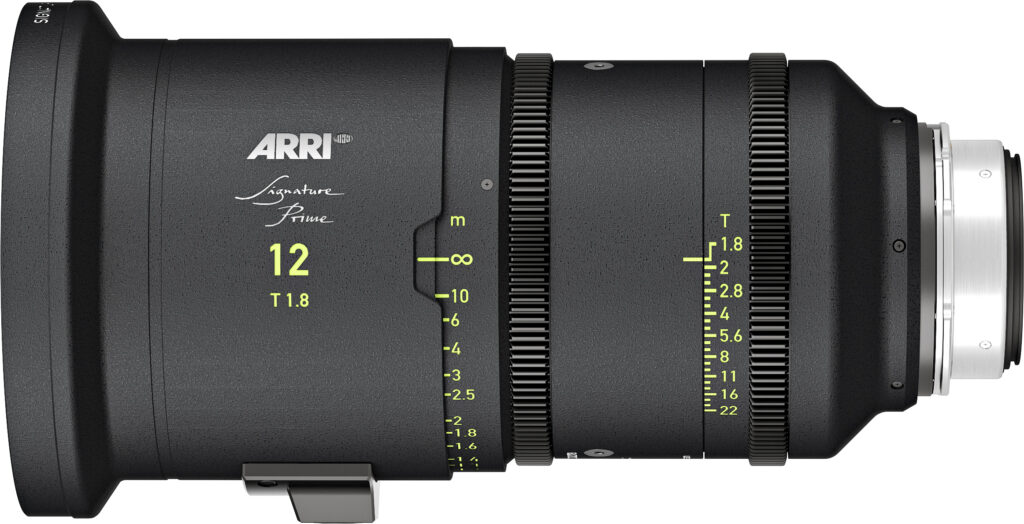
Prime lenses tend to have two advantages: they are lighter in weight and usually have a faster aperture than their zoom counterparts.
These days, primes also have the advantage of being simpler to correct than zooms, especially for barrel and pin cushion distortion. They are generally sharper, with better performance in vignetting as well.
They are also cheaper to buy, although this is debatable since you’ll get multiple focal lengths with a zoom.
What are the competitors ?
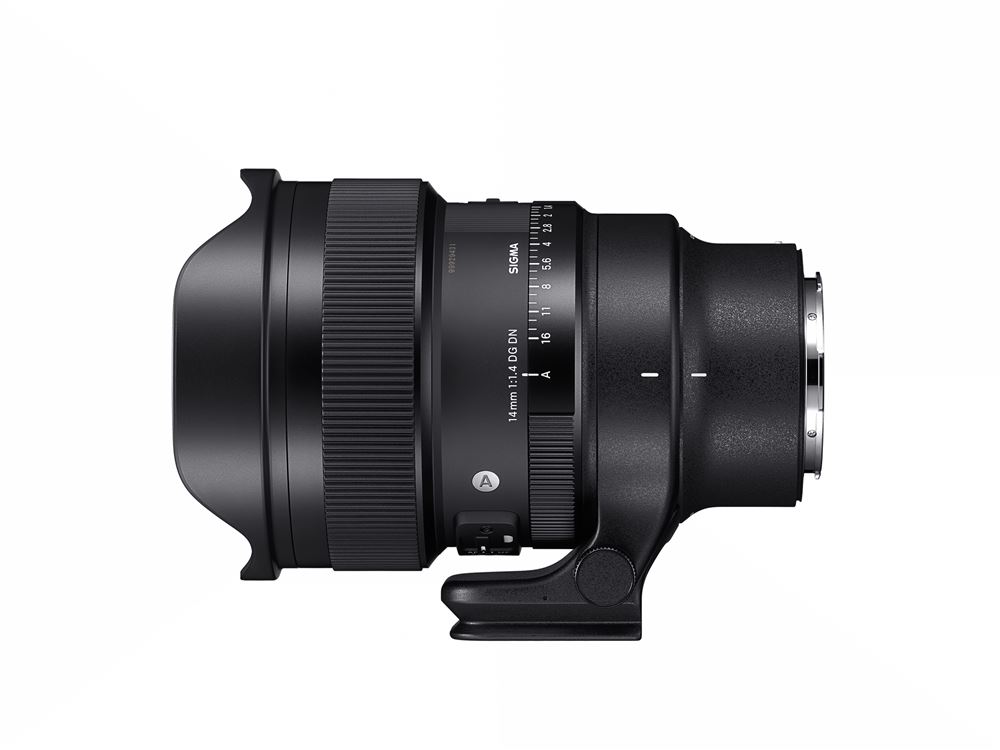
There’s really only one competitor, which is the brand new Sigma 14mm 1.4 DG DN, which was released in June 2023.
This lens has a larger aperture, so it gathers more light. It’s also bigger and sharper in the corner. This seems to be a good challenge, to be fair.
The only issue for me is that there is some sort of barrel distortion effect happening while focusing. It’s quite noticeable, which makes this lens useless for video. Unless you want to have a vertigo effect all the time,
My experience with this lens
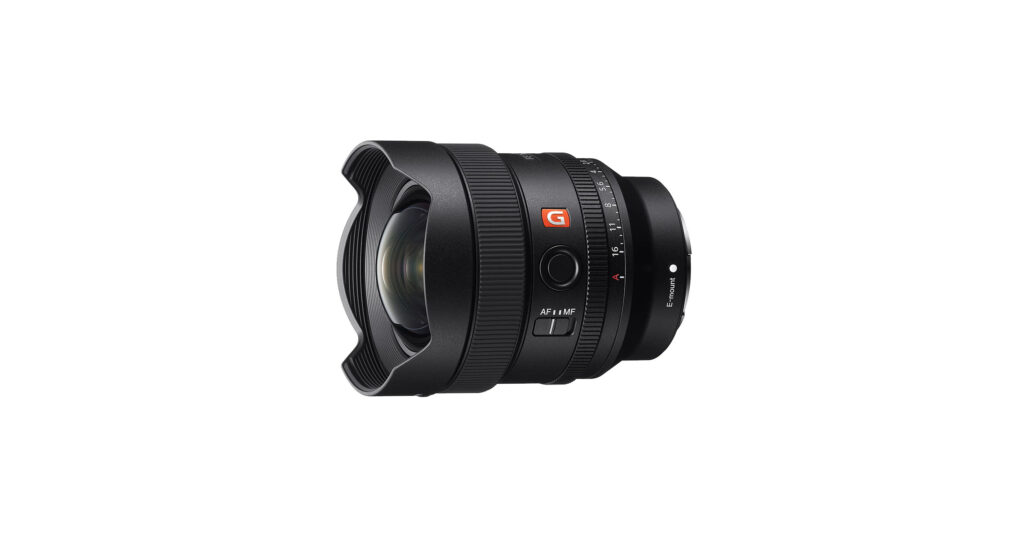
This lens is quite amazing. Since I started my lens collection with two primes a 35 and 85mm, I needed to get a wide-angle lens. I was basically hesitating between the Sony FE 20mm 1.8 G and the Sony FE 16-35 PZ.
I decided to go with this lens to give an original look to my footage. It’s not often that you’ll find a fast ultra-wide prime lens.
The build quality is simply stunning. It’s perhaps not a Leica lens; it’s all mechanical and made out of metal, but it still screams quality when holding it.
At first, I wanted to film my family inside our home and outside in Vietnam as a vlog camera, but when I first tried, I felt like the perspective distortion was a bit distracting, and to be honest, carrying around a gimbal and a camera is overkill.
It’s not a focal length that you see often from a full-frame camera. Perhaps 20mm is something more common and natural.
That’s why I’ve also added the new Sony FE 20-70mm F4 G to my collection lately.
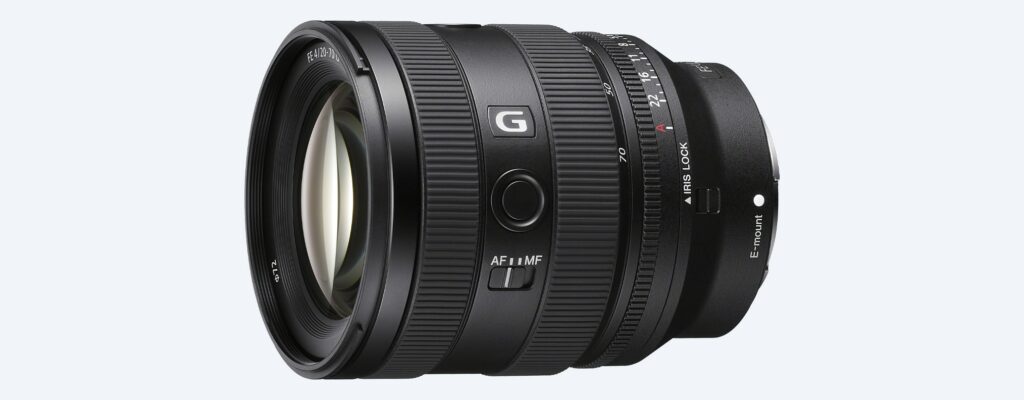
The 14-mm focal length is not easy to master. To have as little perspective distortion as possible, you need to be very precise while composing your shot.
This is even more noticeable when you are crossing object on the side of the field of view such as cars. you’ll see the perspective distortion stretch these cars live.
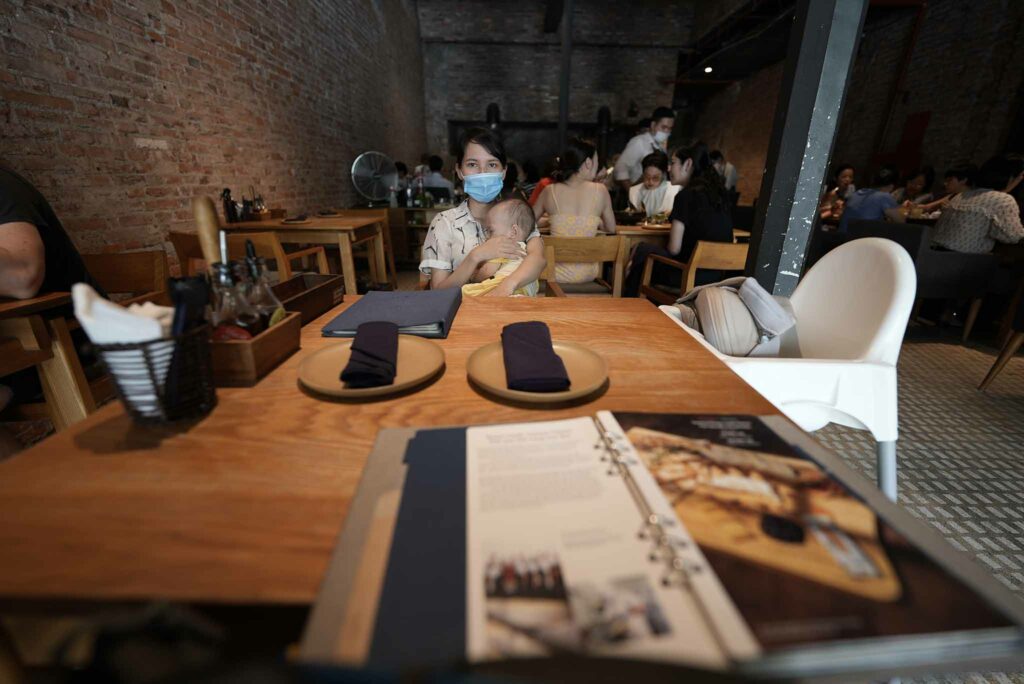
Perspective distortion also makes things look farther away than they really are. It’s basically a lens that exaggerates space in a way. This is very noticeable when you have foreground elements. But less when you have some free space in front of you.
To be fair, for portraits, it’s also very tricky. If your subject is human and you don’t want to stretch the hell out of them, you’ll need to put them in the center of the frame.
The pros
To be simple, ultra-wide-angle lenses are extremely dramatic; if you add a fast aperture and just a bit of bokeh to them, they become something quite unique.
It’s a must for landscape, astrophotography, architecture, and vlogging. It’s so much lighter than the alternative fast zooms or prime lenses.
The cons
The biggest con is that this lens doesn’t accept normal filters. It only accepts filters on the back of the lens, which is a bit less practical.
In Sony’s engineers defense, I think there’s no way that a regular 82mm filter will cover this focal length anyway. Even at 20mm, you’ll already see the filter in the corners of the frame. You’ll need a special setup and a 100-mm filter; you might as well get yourself these small back filters.
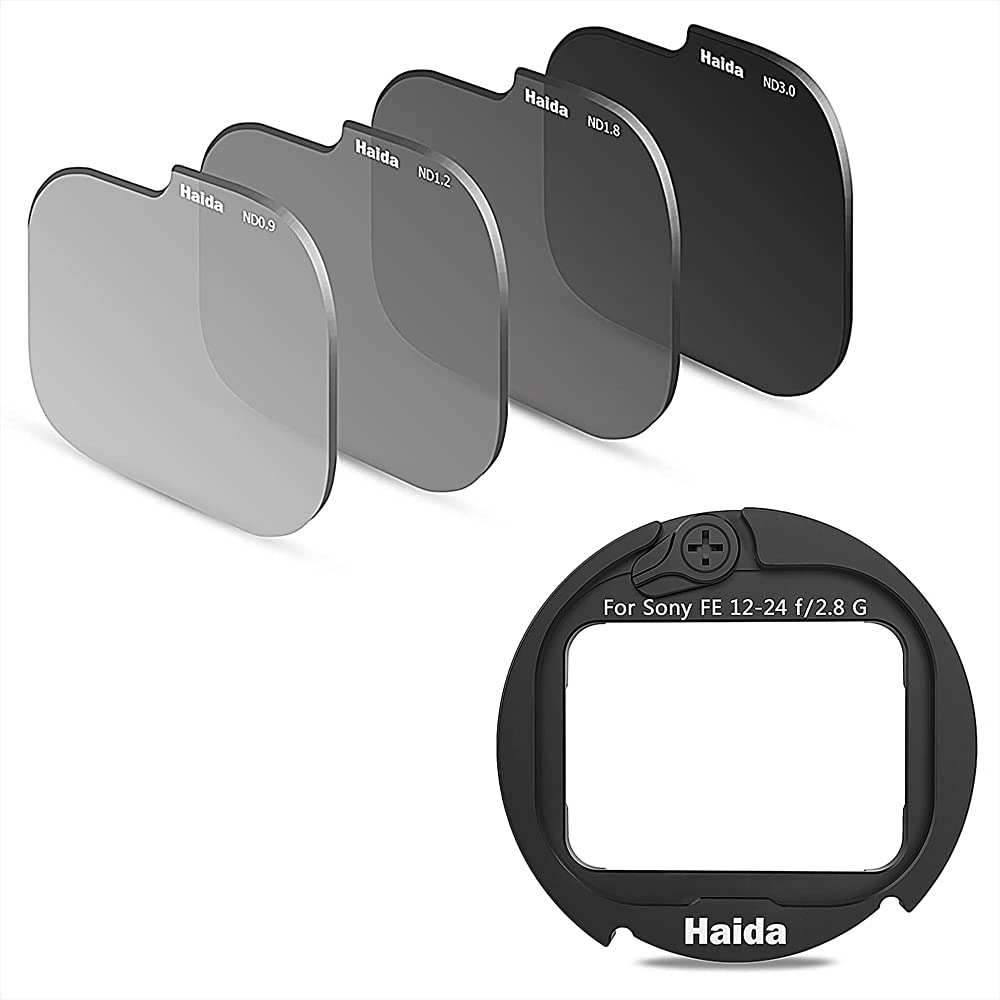
The Haida filters for the Sony FE 12–24mm 2.8 GM were supposed to be compatible, but it seems like they’ve released another version for the 14mm lens, and it fits much better.
The issue with these filters is the dirt that will come inside your lens and camera. So to counter that you have an alternative which is the NiSi S6 or the 100mm filter adaptor which will have a bit of vignetting.
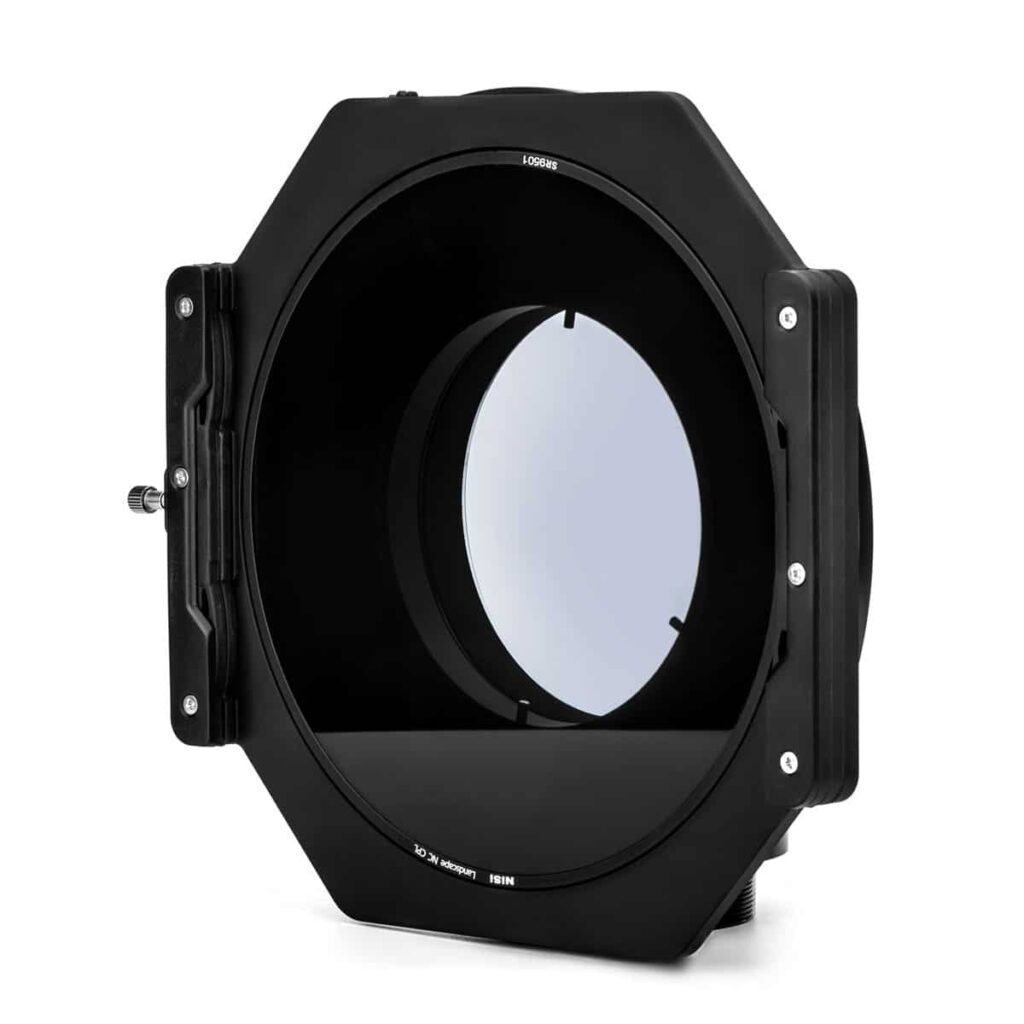
Now you understand why people put a cage and a mat box on a camera. It seems less practical, but switching filters is actually easier.
Another con linked to ultra-wide is that corners tend to move with IBIS, or body image stabilization. It’s very noticeable when you walk, actually.
Extra notes
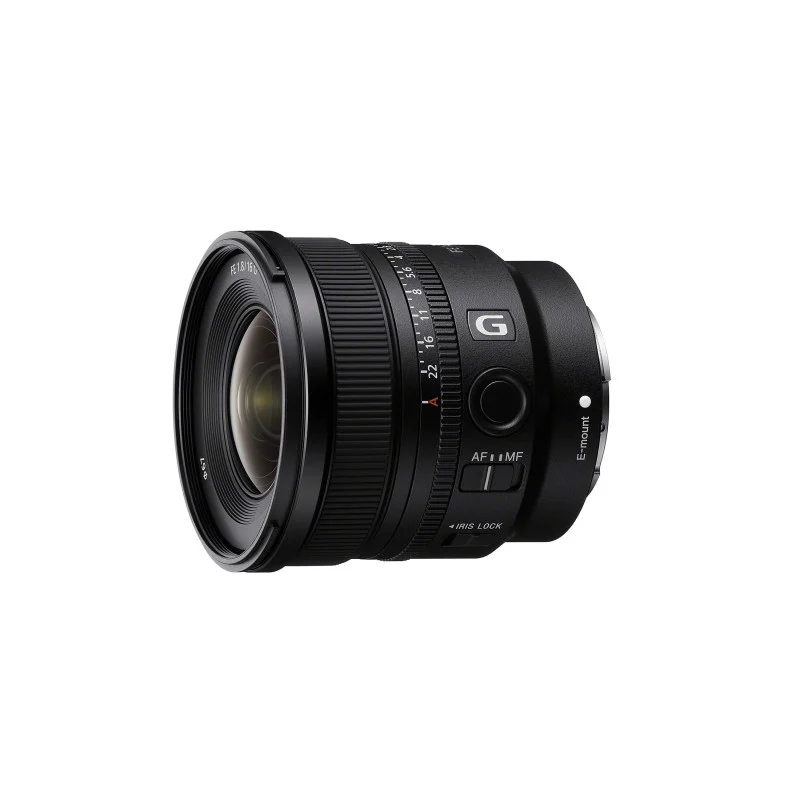
If you use an ultra-wide-angle lens, it won’t take long before it starts feeling less extreme. This happens because these lenses are rectilinear and well-corrected.
When people see a slightly wide shot, they often associate it with Insta360 or GoPro-style ultra-wide footage. Plus, with iPhones featuring built-in wide-angle lenses, these types of images have become more common and familiar.
One key advantage of the new Sony FE 16mm f/1.8 G is its 67mm filter thread for combining ND and Mist filter, making it much easier to use with variable ND filters while keeping the aperture wide open. In comparison, this 14mm lens feels less versatile and less cinematic, particularly for human subjects.
It’s also not as wide as the 12-24mm f/2.8 or the Laowa 10mm. However, it excels at capturing the grandeur of environments while maintaining a shallow depth of field. It’s also highly useful for low-light shooting and real estate videography.
Having also a DJI Pocket 3 Creator Combo I essentially have the same field of view with the wide angle lens. This is why I am wondering if I should sell it to get the FE 16-35mm F4 PZ for vertigo effects or the new FE 16mm 1.8 G which is more cinematic.
Verdict
8.5 out of 10.
Sony has released yet another quite special lens; I think most people wouldn’t know how to use it. This lens requires a lot of attention to composition, and it’s very hard to shoot it wide open at 1.8 due to its lack of a front filter thread.
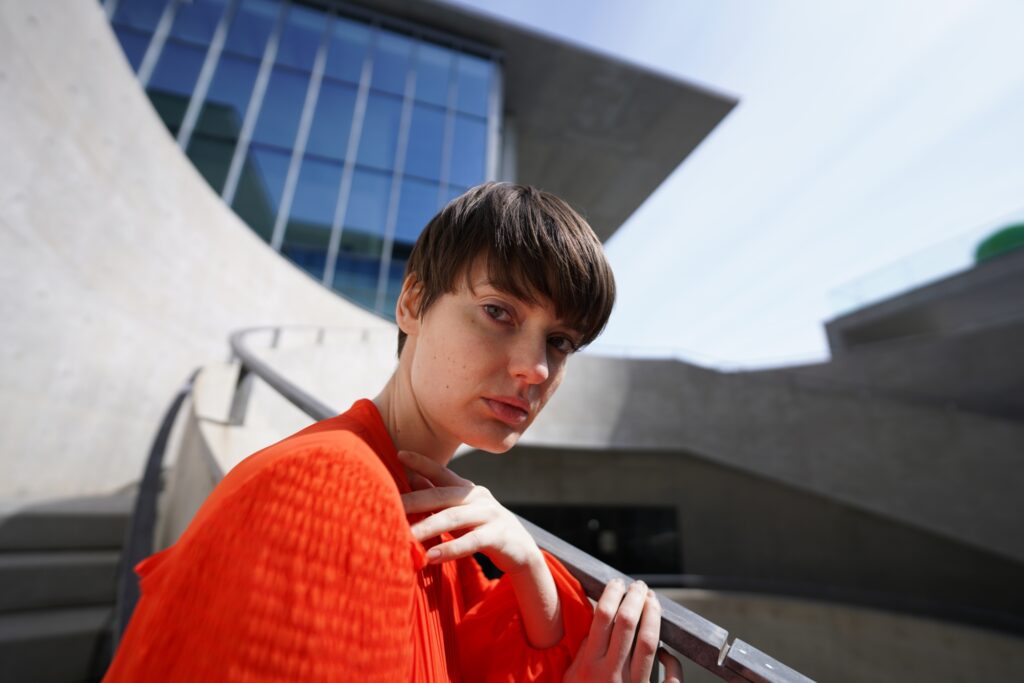
The image coming out of this lens can be amazing, but you’ll have to spend the extra money to get yourself some ND solution. These are not cheap, perhaps between 3 and 500 euros.
It’s never fun to fumble around with gear when shooting. I think the best lens is still the 12–24mm 2.8 GM, but the price of this lens is so expensive that you can get a second body for the price.
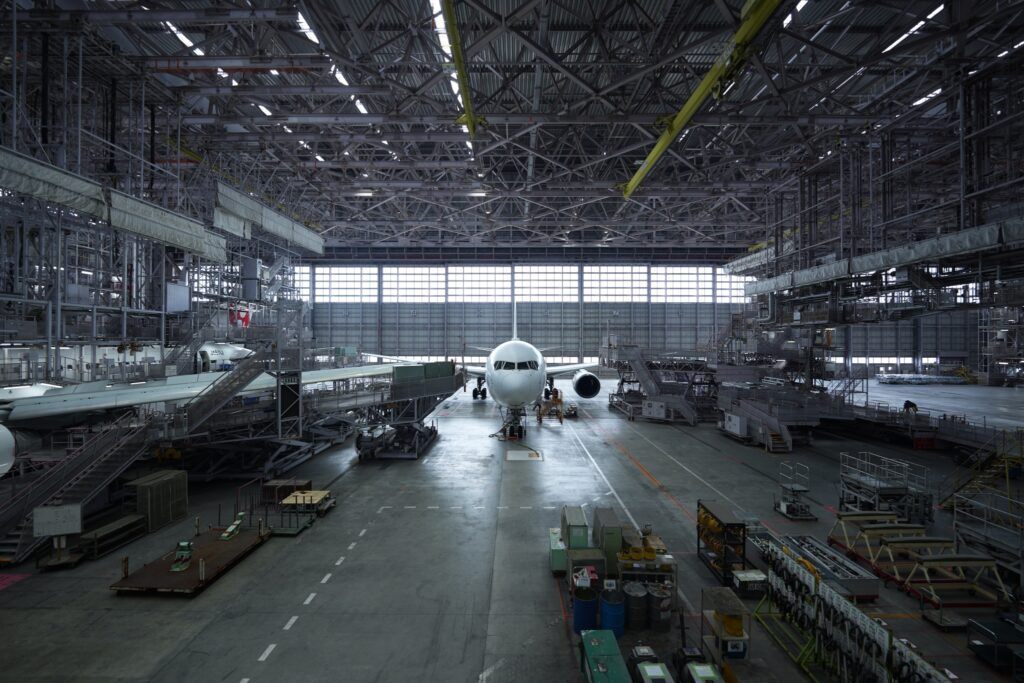
Unless you really specialize in real estate photography or other types of photography where you need to shoot ultra-wide, I wouldn’t recommend this lens. I would suggest you get the FE 16–35mm PZ. It will be more versatile, and you’ll never need to get a second filter system just for one lens.
But if you really want to make a video with a very fast ultra-prime on a Sony camera, this is your only choice.
Informations
Website : https://www.sony.fr/interchangeable-lens-cameras
Page of product : https://www.sony.fr/lenses/products/sel14f18gm
Youtube : https://www.youtube.com/@ImagingbySony
Video Production : https://www.neonnight.fr
Samples from our work : https://www.neonnight.fr/en/portfolio/viwone-create-together-drip


GIPHY App Key not set. Please check settings
One Comment